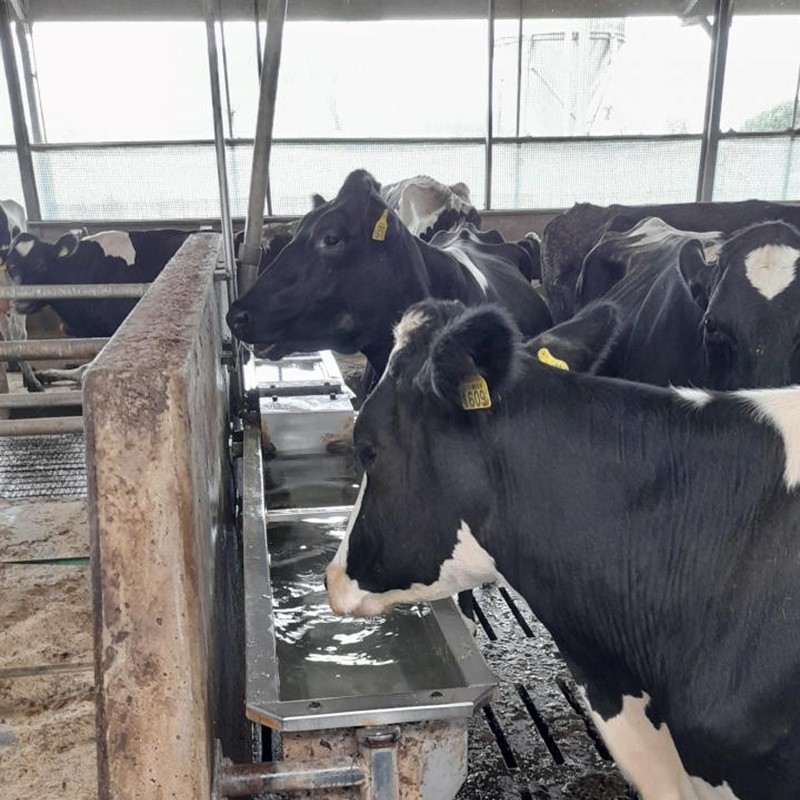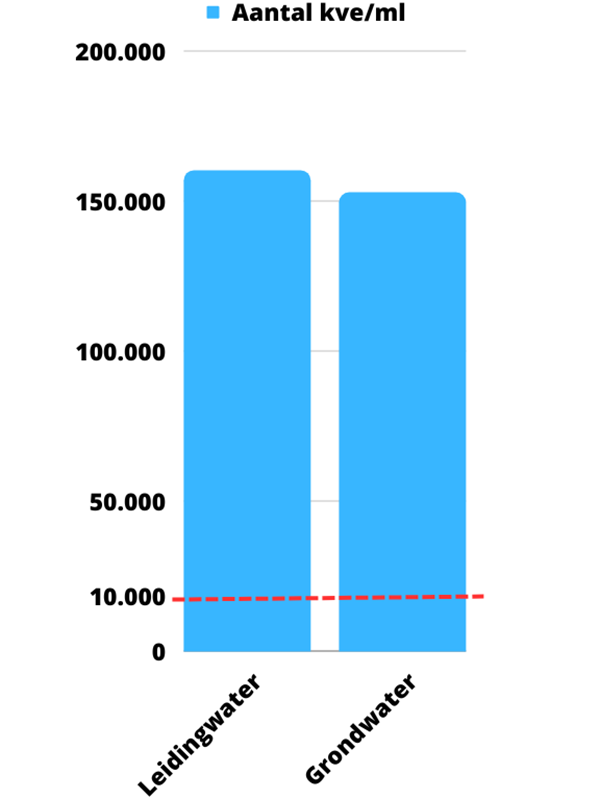Myth debunked: tap water does not make for cleaner drinking water than groundwater
Everyone always assumes that tap water is cleaner than groundwater, but is this really true? At Watter, we have done an analysis based on our own data and have listed the results for you. So if you are in doubt whether the microbiological quality of water is better if you use tap water or groundwater, we will give you the answer!

Groundwater or tap water
To understand the differences, it is useful to first define both types of water. Groundwater is water that is in the ground, found in soils and rocks. This water usually comes from the sky as precipitation, which is also called meteoric water. Groundwater can be released from metamorphic reactions deep in the globe or from the release of magma. To use groundwater as drinking water, a well must be tapped, from which the water is pumped up. This water often contains many chemical contaminants such as lime, iron or manganese, so it often has to be softened and treated before it can be used as cattle drinking water.
Tap water is water transported through pipes, which in the Netherlands comes from surface and groundwater. The water is extracted by waterworks and they purify it into drinking water. This water is then transported through pipes by pressure, so that it easily reaches the consumer, or thus your livestock farm, from the tap. The name tap water derives from this process.

Sampling results
Since tap water is usually treated by the waterworks, people often assume that tap water is cleaner drinking water than groundwater. Suppose one were to take water samples at the tapping point, this is often true. With water samples at the drinking point, our data say something else anyway. Before we install our system at our customers' premises, our microbiologists always take several samples at the drinking point. After all, we cannot demonstrate the improvement otherwise. This data has shown that the difference between tap water and groundwater is actually not even noticeable. For instance, the average germ count of farms on groundwater is even slightly lower than farms on tap water. Because this difference is so small, we can consider it irrelevant. In both cases, the averages are well above the limit value what IKB Rund and Royal GD consider good drinking water. For that, see the chart here on the left. Indeed, they have as much as 15 times the number of germs than the limit value of 10,000 cfu/ml.
Do you also want better water for your livestock?
Then see what we can do for you by clicking the button to the right!



